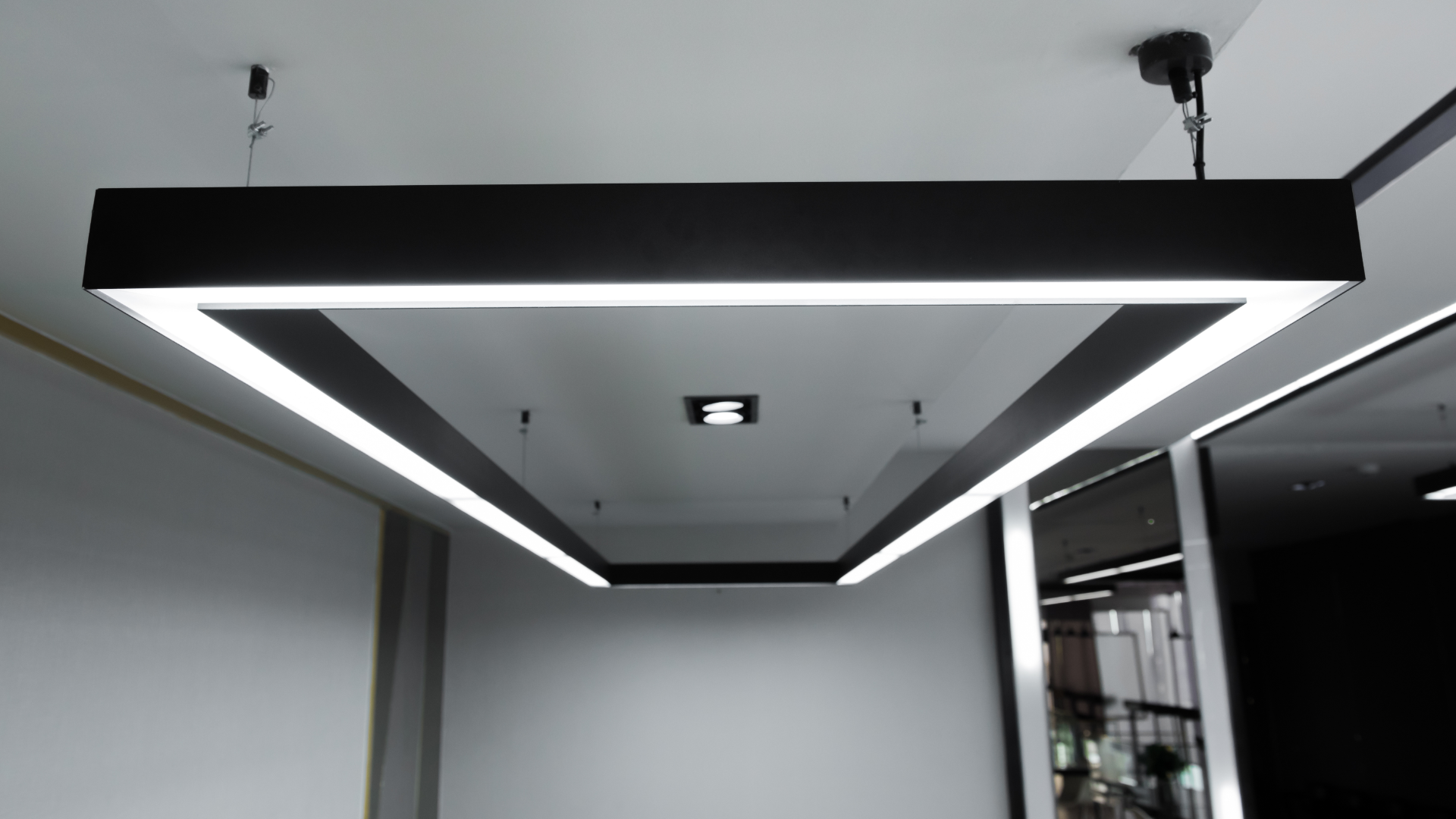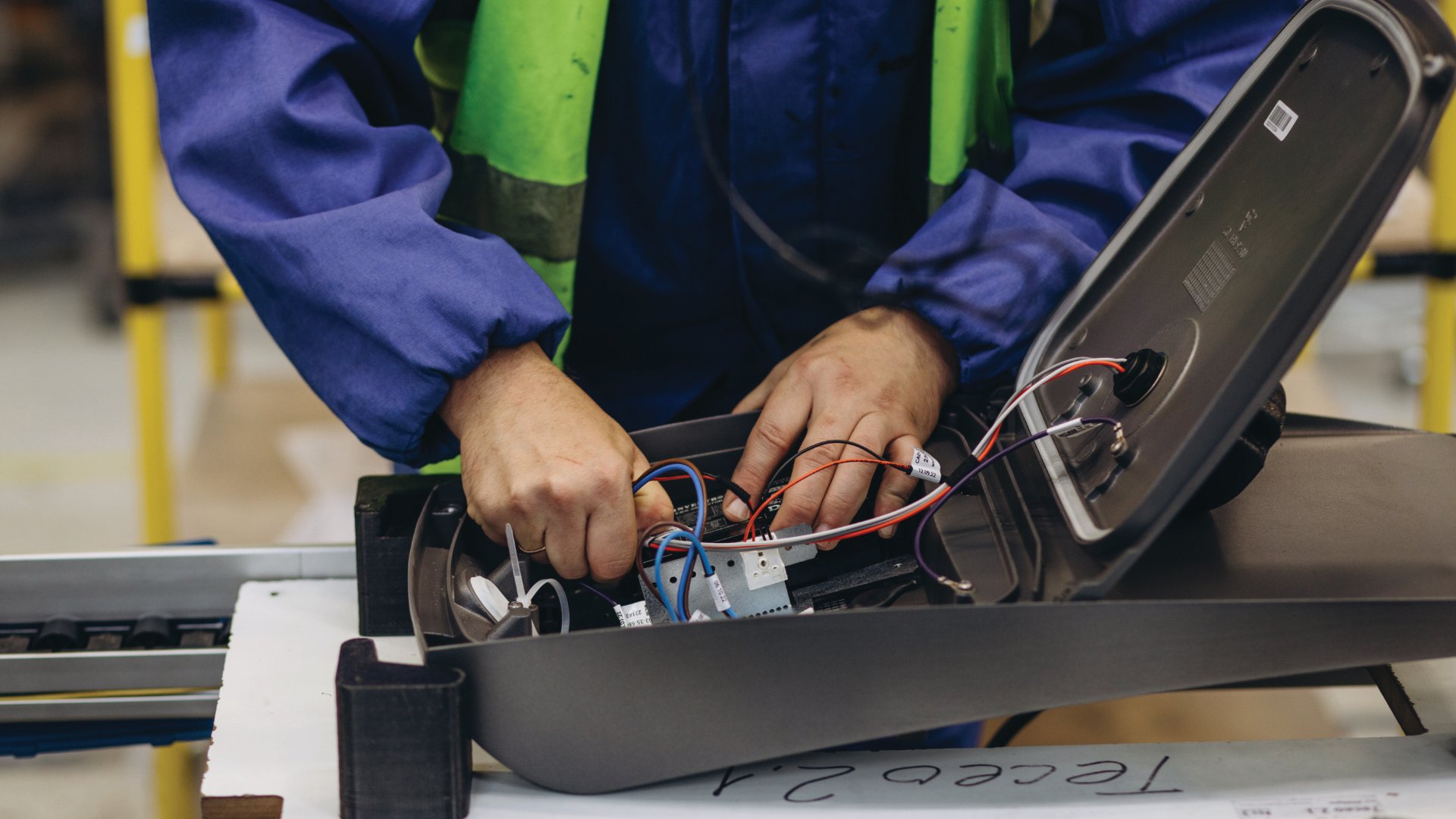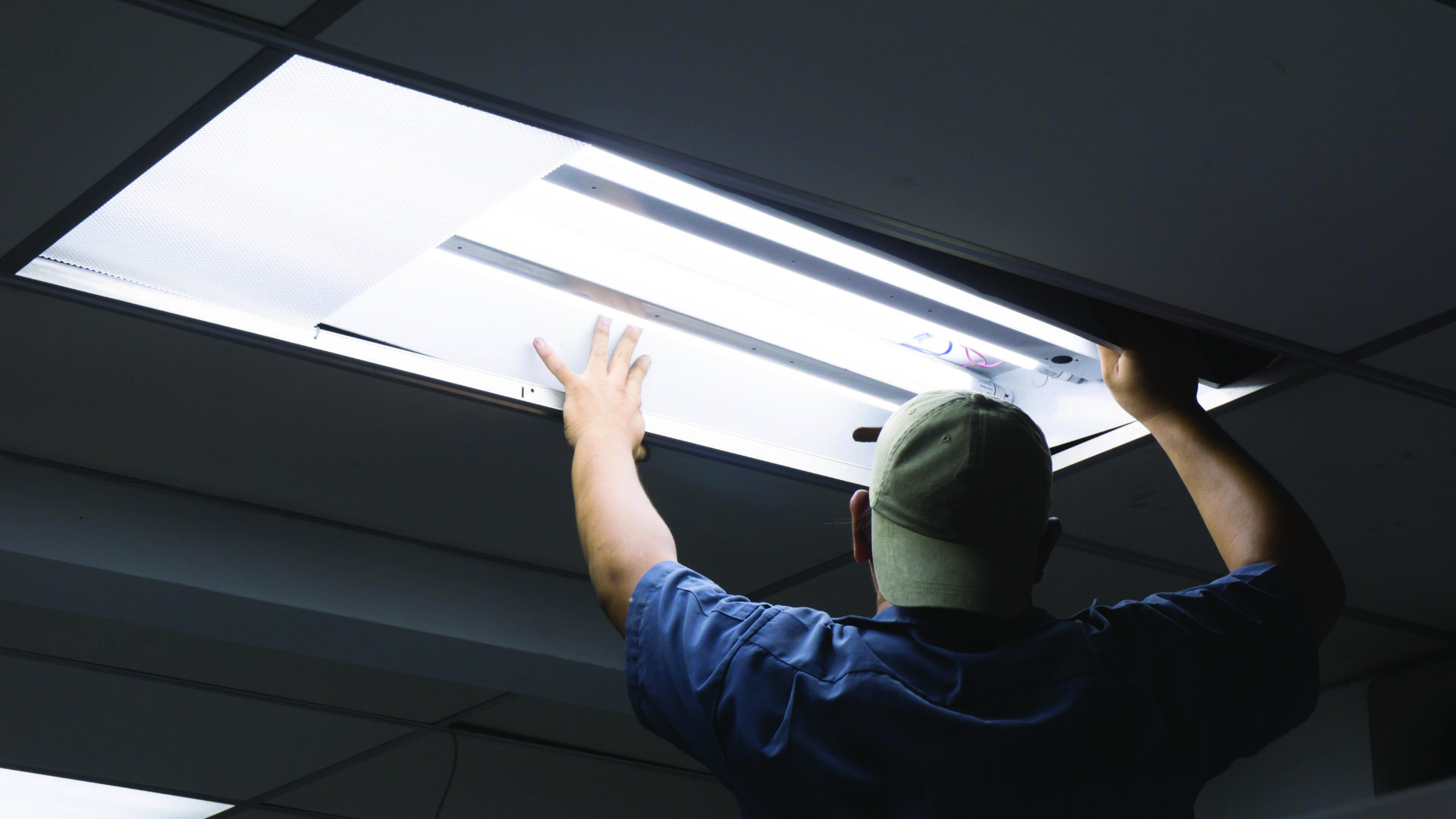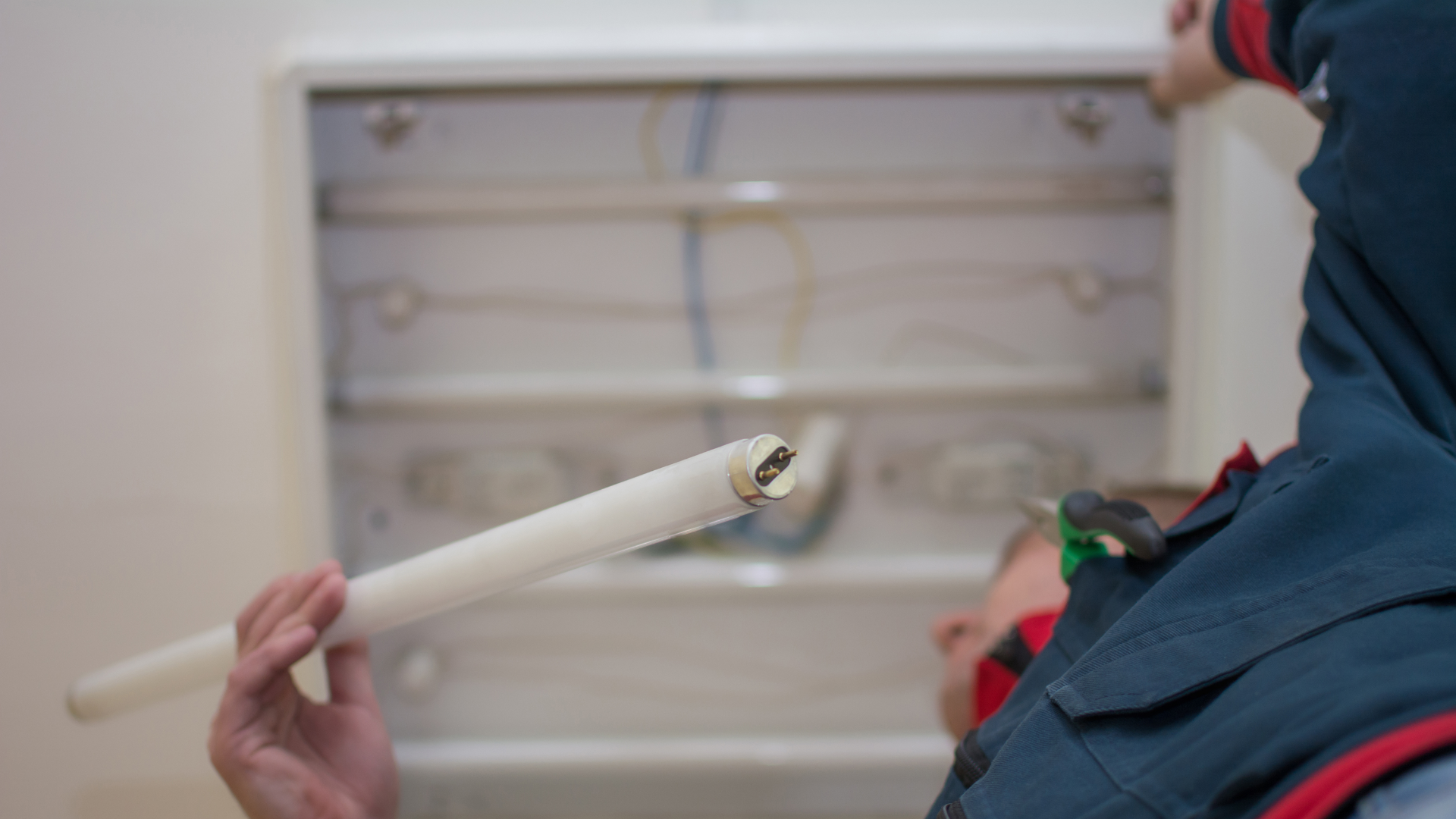How to measure the output of a constant voltage LED driver
Constant voltage LED drivers are less common than constant current drivers, but they are still used in many commercial applications. You'll generally see these when you're powering a configurable run of LEDs like tape light, rope light, or some configurable linear systems.
When you're replacing one of these drivers, your key specifications to consider are the output voltage and total system wattage, but what happens if you don't know the output voltage for your existing driver? If a driver label is damaged or you have a programmable driver and don't know the output settings, this article will help you measure the output of your constant voltage LED driver. If you're reading this, you probably have a good sense that you're working with a constant voltage driver, but if you're not sure what kind of LED driver you have, check out these resources:
It's also worth noting that this test requires a working driver, so if you are replacing a driver that has already failed, you can do this measurement on another working fixture in your facility.
We're including detailed instructions below, but you can also check out our explainer video:
Tools needed to test your LED driver
Before you begin, you'll need these tools to test the output of your driver.
- Multimeter: Use a quality multimeter that will measure DC voltage.
- Wire connectors: You can use any type of wire connector, but we've found that Wago Lever Lock wire connectors are safe, quick, and easy for doing tests like this.
- Other tools: You may also need tools (screwdriver, etc.) to open your fixture and get access to the driver.
⚠️ Safety note! This may seem obvious, but safety is important. Turn off power to any light fixtures before you begin working on them and be sure to use appropriate personal protective equipment.
Step 1: Configure your meter to read DC voltage
The first step to measuring the amperage output of your driver is to set up your multimeter properly. You'll want to make sure your testing leads are plugged into the correct ports (they should be labeled COM and V), that the dial or mode selector is measuring voltage, and that your meter is set to read DC. It will probably look similar to this:

Step 2: Connect your meter in parallel to the LED driver output
To measure output amperage, you'll need to connect the meter in parallel with the output of the LED driver.
You'll need to identify the two wires supplying power to the LED board (typically red and black). Connect the red lead of the meter to the (+) output of the driver and the black lead of the meter to the (−) output of the driver.
If the driver has screw terminals for the wiring connections, you can touch your meter leads to the appropriate +/− terminals on the driver without disconnecting any wires. If you don't have access to screw terminals, your connections may look similar to this:

Step 3: Turn on power to the fixture
Now that your meter is set up and you're connected in series with the driver and LEDs, you can turn on power to the fixture.
In our example, we have an LED driver for configurable light modules that produces a constant 24VDC output:

This means we can replace this with a constant current driver rated for 24VDC that is rated for at least the amount of wattage as the connected LED modules.
As an example, if you have 50W of tape light being supplied by a 12VDC constant voltage driver, your replacement constant voltage driver must be configured to produce 12VDC and must be rated for at least 50W.
Finding a replacement constant voltage driver for your LED fixture
Drivers are hard. The technical secs can be confusing, and it's essential to get the details right so you don't damage your fixture. So, it's okay if you feel stuck finding a replacement constant voltage driver or you're still not 100% sure what type of driver you need. Here are some resources to help:
If you're trying to read an LED driver label or take note of the output from your testing, don't forget to use our guide to record your specifications. Then head over to our Replacement LED Driver Wizard to get replacement recommendations.
And if you need a helping hand, our team is always here to help.











